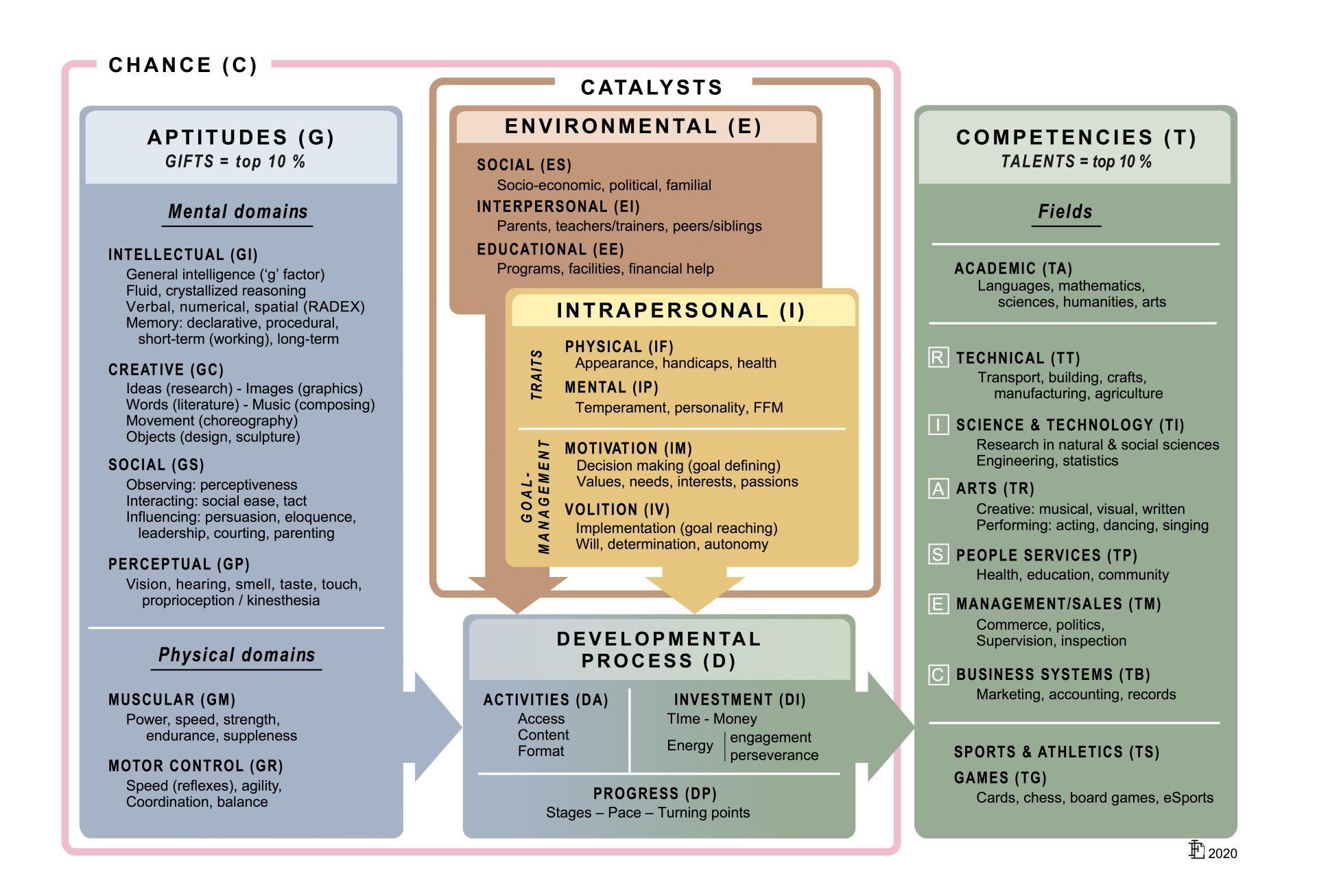About giftedness
The Australian Association for the Education of the Gifted and Talented continues to work to improve the learning and wellbeing outcomes of gifted and talented students. So what exactly is giftedness?
Characteristics of gifted children
Gifted children are often recognised by their natural abilities, characteristics and quick learning that are quite different to other children of the same age.
Some of these characteristics may include:
- strong sense of curiosity
- reading before school age
- advanced reading ability and comprehension
- understanding subject content beyond their age peers
- ability to manipulate numbers from an early age
- fewer repetitions needed for mastery
- greater capability in abstract reasoning
- knowledgeable in areas of passion
- thrives on complexity and can see many points of view
- mature sense of humour
- acutely aware of social justice issues
There are degrees of giftedness ranging from mildly gifted through to profoundly gifted.
Mild giftedness is more common. Profoundly gifted children are rare.
Giftedness is identified in all genders, cultural and language groups, environments, socioeconomic groups, and can exist alongside disability and learning difficulties.
Research shares the common agreement that children who fall into the gifted range require interventions and adjustments to the typical school curriculum to meet their wellbeing needs and reach their academic potential. This is due to their asynchronous development, where the children’s mental and social emotional age can be out of step with their chronological age peers.
Giftedness testing and levels of giftedness
Identification of giftedness can help schools and parents determine their child’s academic and social emotional needs.
Educators in the field of gifted education recommend multiple assessment strategies be used in the classroom to determine giftedness. However formal identification showing levels of giftedness, can only be administered by a registered professional.
These can include school psychologists and private educational and clinical psychologists.
Françoys Gagné’s Differentiating Model of Giftedness and Talent
This model is used to explain giftedness in the education sectors of most Australian states and territories.
Gagné defines giftedness/gifted as the possession and use of outstanding natural abilities or aptitudes, in at least one ability domain to a degree that places an individual at least among the top 10% of age peers.
Gagné defines talent as outstanding mastery of systematically developed abilities or competencies in at least one field of human activity to a degree that places an individual at least among the top 10% of learning peers.
Gagné’s model shows us that children can display their natural abilities from a very early age in one or more of the domains listed in the model.
Environmental factors such as relevant adjustments at school, and a nurturing home play a major part in bringing out their gifts and developing them to their full potential.
Children may be born with natural abilities, but may not be given the opportunities at school to develop their natural abilities into talents.
*reference: https://gagnefrancoys.wixsite.com/dmgt-mddt
Frequently asked questions
Do you have more questions? Visit our FAQs page for answers to common questions.


